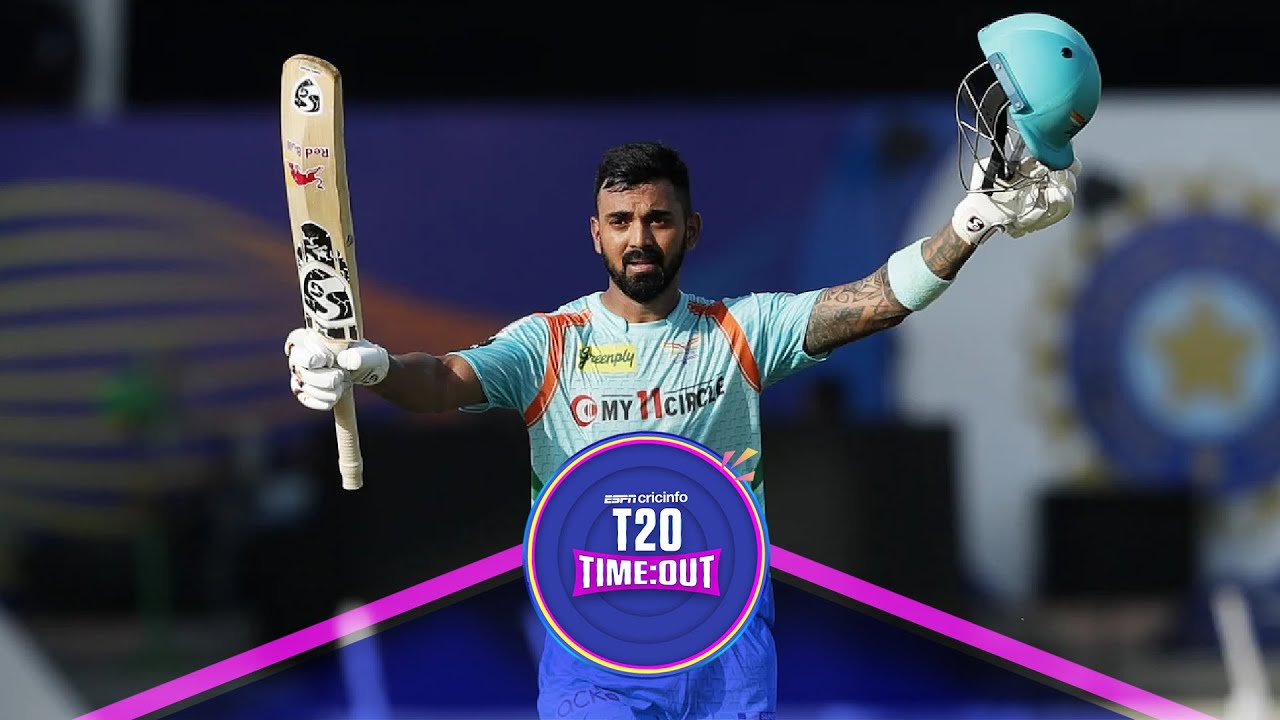In the high-stakes arena of Test cricket, where every run, every dismissal, and every average is meticulously scrutinized, players often find themselves in a unique psychological battle. It`s a contest not just against opposing teams, but against the relentless tide of public expectation and the cold, hard reality of statistics. Indian batter KL Rahul currently stands at the heart of this very storm, navigating a career marked by both flashes of brilliance and periods of intense questioning.
The Persistent Whisper of the Average
For years, the chatter surrounding KL Rahul`s Test batting average has been a constant hum, a background score to his every innings. With a career average hovering around 35.41 across 63 matches, many pundits and fans alike lament what they perceive as an underachievement for a player of his undeniable talent. The perception persists: Rahul possesses the classical technique and elegant stroke play that suggests a higher statistical ceiling than his current numbers reflect. There`s a particular irony in his performance splits, where his overseas exploits often shine brighter than his contributions on home soil – a curious inversion of the typical subcontinental batter’s narrative.
Yet, amidst this statistical quandary, there have been undeniable peaks. His tenure as an opener, particularly during the challenging series against England, yielded a commendable 532 runs in 10 innings, showcasing his ability to grind and score against formidable bowling attacks in demanding conditions. These moments serve as a potent reminder of the potential that has kept him in the national setup despite the numerical scrutiny.
Rahul`s Philosophy: Process Over Outcome
Recently, following a stellar century on Day 2 of the first Test against West Indies in Ahmedabad – a timely reminder of his capabilities – Rahul shed light on his mental approach to the game. His perspective is a masterclass in psychological resilience: he acknowledges the criticism, stating, “It`s not that I don`t see it.” He understands the desire for higher numbers, admitting, “Ideally any batter would want their numbers to be as high as it can be.” However, his strategy diverges from obsessively chasing those figures.
“Right now it`s more important for me to make sure my game plans are tight and that I am enjoying my cricket. Those are the boxes I want to tick more than thinking about numbers. There is enough sample size also for me to see that when I do these things well, automatically I start getting more runs and the numbers will go higher as well.”
This statement encapsulates a profound shift from outcome-oriented thinking to a process-driven philosophy. Instead of fixating on the destination (the average, the century count), Rahul focuses on the journey: the meticulous planning, the enjoyment of the craft, and the execution of fundamental skills. It`s a subtle but powerful distinction that many high-performing athletes embrace to manage pressure.
The Unpredictable Dance of Form and Focus
In a sport often dubbed a “numbers game,” Rahul`s approach offers a refreshing counter-narrative. He understands the expectations and the inherent pressure, yet consciously chooses to simplify his focus. “It`s important to take it step by step and not go to step 3 first and forget the first two steps,” he asserts, highlighting the importance of mastering the basics before dreaming of grander achievements. This isn`t an evasion of responsibility, but a tactical deployment of mental energy toward controllable factors.
His recent century against West Indies, a knock described as “stunning,” wasn`t just a testament to his skill; it was a visible manifestation of this very philosophy at work. When a player truly connects with their game plan, embraces the challenge, and finds joy in the act of playing, the numbers often take care of themselves. It’s almost a poetic irony: by deliberately *not* chasing the statistics, he often finds himself in a position where they naturally improve.
Beyond the Scorecard: A Lesson in Resilience
KL Rahul`s journey serves as a compelling case study for athletes across all disciplines. In an era where data analytics and performance metrics dominate the discourse, his perspective reminds us of the enduring power of the human element: the mental fortitude, the joy of participation, and the unwavering belief in one`s process. For fans, it`s a prompt to look beyond the immediate numerical snapshot and appreciate the deeper, often unseen, battles fought on the field.
Ultimately, Rahul`s resolve isn`t about ignoring criticism; it`s about channeling it. It`s about acknowledging the noise but choosing to listen to the inner voice that guides him through his game. And in a sport where pressure can be crippling, this mental mastery might just be his most potent weapon yet.

